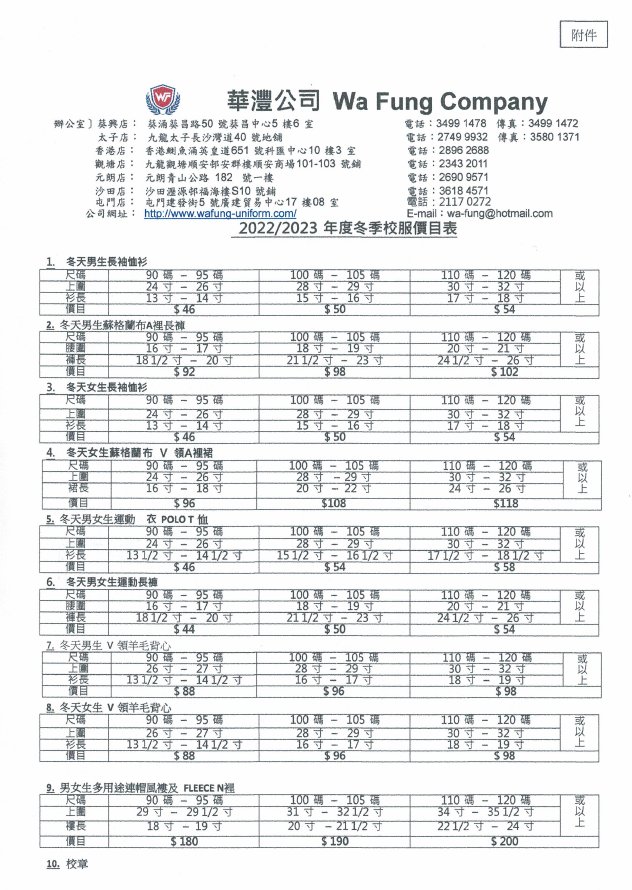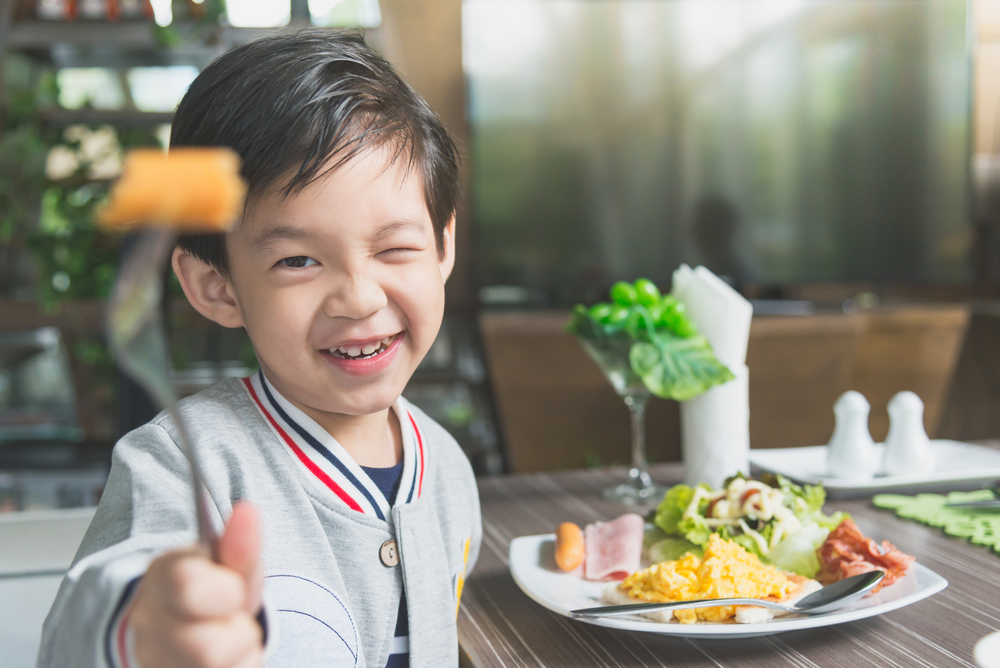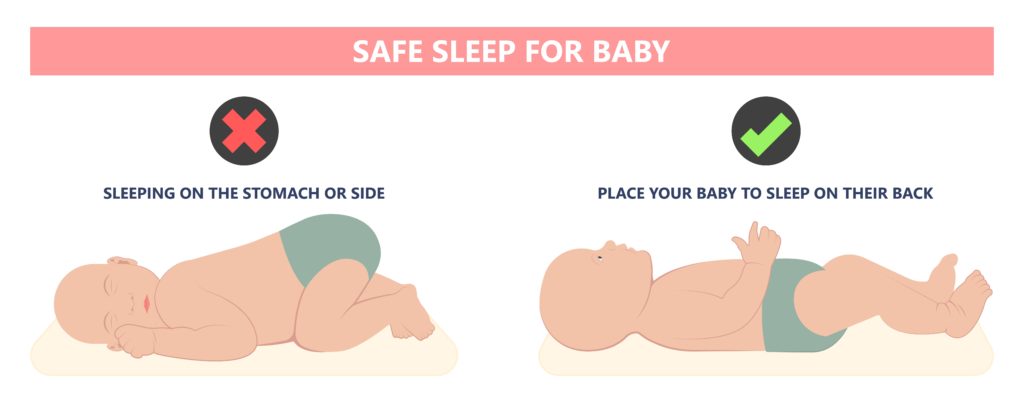Month: October 2022
2022-2023 International Costume Day
- Post author By system
- Post date 18/10/2022
2022-2023 International Costume Day
Our kindergarten specially arranges a lively and interesting International Costume Day on 28th October, 2022 (Friday). We can learn about different cultural characteristics, through the clothing of different countries, and let children enjoy the fun of diversified activities. Details of the event are as follows:
1. Costume: Wear clothing from different countries
2. Remarks: On this day, you need to bring a school bag and go to class as normal.
Regarding the change and the purchase of winter school uniforms
- Post author By system
- Post date 18/10/2022
- Sticky post
Regarding the change and the purchase of winter school uniforms
The winter uniforms will be worn on 14th November, 2022 (Monday). Before this date, parents can help children wear their winter uniforms earlier according to their children’s health and weather conditions, but must wear full winter uniforms or summer uniforms, do not wear them together. “Wa Fung Company” will sell winter school uniforms in our kindergarten from 9:00 am to 11:30 am on 19th October, 2022 (Wednesday). The prices and sizes of the 2022 winter school uniforms are listed in the attachment. Parents who want to buy the winter school uniforms, thye are advised to pay the money to the school on time, and pay the relevant fees directly to the staff of “Wa Fung Company”. On this day, parents can also bring their children back to school to try on and buy winter school uniforms.
Remarks: If the purchase is overdue, parents need to go to “Wa Fung Company” to purchase.

K1 parent meeting of 2022-2023 year
- Post author By system
- Post date 18/10/2022
K1 parent meeting of 2022-2023 year
In order to strengthen the communication between parents and our school and provide parents more about the learning situation of your children one month after class, we will hold a parent meeting of the kindergarten class. The date and time of the event are listed as follows:
Date: 20th October,2022(Thursday)
Time:
Morning class: 9:00 am to 10:30 am
Afternoon class: 1:15pm to 2:45pm
Remarks: Due to the epidemic, at most 1 parent can participate in the parent meeting, and Vaccine Pass is required.
What can I eat to refresh my brain and enhance my memory?
- Post author By system
- Post date 17/10/2022

Parenting Tips
What can I eat to refresh my brain and enhance my memory?

Written by : Registered Dietitian (Australia)
Chung Yong Man
It’s exam season and students are studying hard for their exams. Many parents ask, “What are the best foods to help your child refresh and maintain a good memory?
1. Carbohydrates
Carbohydrates are digested and converted into glucose, which provides sufficient energy for the brain. Therefore, I recommend eating an appropriate amount of carbohydrates at each meal to maintain the effective functioning of the brain. Food sources include grains and cereals such as rice, noodles, bread, oats, etc., and high starchy vegetables such as potatoes, corn, sweet potatoes, chestnuts and taro. Choosing high-fiber grains and cereals such as whole grain breakfasts, oats, whole wheat bread and red rice will help stabilize blood sugar and maintain concentration.
2. Omega-3 fatty acids
Omega-3 fatty acids, such as EPA and DHA, are the main elements that make up the brain’s cell membranes and nerve tissues, maintaining the normal transmission of messages in the nervous system and helping to maintain good memory. Omega-3 fatty acids can be obtained from eating deep-sea fish such as salmon, tuna, mackerel, etc. I recommend eating 2 to 3 meals a week, with each meal being about 2 to 3 ounces (the size of the palm of your hand). In addition, almonds, walnuts and avocados are also rich in omega-3 fatty acids.

3. Lecithin
Lecithin is one of the important elements in the composition of the neurotransmitter acetylcholine, so adequate intake helps to revitalize brain cells, make thinking sharper and enhance memory. Eggs, soybeans and their products such as tofu, soy milk and baked beans with ketchup are rich in lecithin.
4. Iron
Iron is the main element in the production of red blood cells, which transports enough oxygen and nutrients to the brain to help keep it awake. Red meats such as beef, lamb and ostrich are rich in iron, and I recommend eating 2 to 3 meals a week at about 2 to 3 ounces per meal. Iron can also be taken from dark green vegetables such as spinach and red kidney beans, but since plant-based iron is more difficult to be absorbed by the body, foods rich in vitamin C, such as oranges, kiwis and tomatoes, can be eaten at the same meal to increase absorption.

5. Antioxidant Nutrients
Stress and poor diet can increase free radicals in the body, which can damage body cells and accelerate degeneration, or impair memory. Vitamins A, C, and E are antioxidants that protect brain cells from free radical damage and prevent memory loss. Foods rich in vitamin A include carrots, pumpkin and spinach; vitamin E can also be obtained from nuts, eggs and dried beans.
The above nutrients can promote brain health, but we should not only focus on the intake of a single nutrient. I encourage people to diversify their diets as much as possible to get enough nutrients to keep the brain functioning optimally.
Is there a problem with children sleeping on their backs?
- Post author By system
- Post date 17/10/2022

Parenting Tips
Is there a problem with children sleeping on their backs?

Written by: Dr. Fung Wai Ching, Family Dynamics Volunteer Consultant
Every night when watching children sleep, there are always different strange sleeping positions, but when the child sleeps with the body down, parents will inevitably feel worried. A parent asked me about her 4-year-old child’s habit of sleeping with his body bent over, worrying about the adverse effects on the child’s health. This time I will explore the problem of children’s sleeping posture to all parents!
Infants should be avoided to sleep on their backs
According to medical research, sleeping on top of the body increases the risk of sudden infant death (Sudden Infant Death Syndrome (SIDS)). There is still no definite conclusion on how sleeping on top causes sudden infant death, but the medical profession now generally recommends that infants under the age of 1 should avoid sleeping on top to reduce the chance of SIDS.

Older children can adopt different sleeping positions
For older children, if they are in good health with no chronic illness, as long as they sleep peacefully, breathe well, have no abnormal breathing sounds, and wake up refreshed and energetic in the morning, there is no big difference in which sleeping position to adopt, as long as the mouth and nose are not blocked. In addition, in reality, the human sleep industry from time to time to change positions, excessive regulation of children’s sleeping position, both impractical and unnecessary.

Changing Sleeping Positions for Different Situations
For some individual cases, it may be beneficial to adopt a specific sleeping position. For example, children with upper respiratory tract obstruction (such as tonsillar hypertrophy) often snore when they sleep because of the obstruction of the upper respiratory tract, and lying on their backs will cause the tongue to move backwards, further obstructing the narrow airway. I suggest that children sleep on their sides so that their tongues do not move backwards and their airways are more open. In addition, for young children with gastroesophageal reflux, sleeping on the right side may increase the chance of backflow of food and digestive juices in the stomach, so sleeping on the back or to the left side is preferable.

Parenting Tips
"Poverty leads to change, change leads to adapt” Let children learn to be flexible

Written by:Gigamind English Primary School Principal Law
There is a Chinese saying: “Raising a child for 100 years old is a long-term worry for 99 years. This speaks to the heart of thousands of parents. As the weather turns colder, you are busy adding clothes for your child, but when you see other people’s children running and jumping around wearing only a single coat, you may worry that he is too warm and less able to adapt. If your child doesn’t listen to you and does what he wants to do, you will be annoyed, but if he asks you for everything, you may worry and say, “Oh! Didn’t I teach you that? Why don’t you always know how to adapt?
1. The power of adaptability from the movie
Spontonsive Flexibility is an element of creativity. If you know how to adapt, you can solve a problem in a different way.
Have you ever seen the movie “Apollo 13”, which is based on a true story? One scene of the movie tells the story of the runaway spacecraft, filtering toxic gas equipment is broken, scientists found that to solve the problem, we need to connect a round interface to a square interface above. Different sizes of water pipes cannot be reliably connected, but they want to connect the round interface? Sounds like you know it is impossible, but if you cannot connect the filter cannot pass the toxic gas, the three astronauts will not be able to return alive! In the end, with the cooperation of each other, they used plastic bags, cardboard, tape and other things to connect the two different interfaces, successfully solved the problem.
2. Difficulties are an opportunity to develop adaptability
As the saying goes, ” poverty leads to change, change leads to adapt “. The word “poverty” in this context does not mean “poor”, but “at the end of the road”, or “in difficulty”. When things seem to have come to a dead end, only some alternative or different methods can solve the problem.
Fostering adaptability requires that children face difficult problems, think about them, and try to solve them in different ways. In fact, children have to face a lot of problems every day, such as math problems, crafts, and model building, which require them to solve problems. We can make full use of these opportunities to develop their adaptability.

3. Inclusion of children’s ideas
We need to be mindful that developing children’s adaptability requires an attitude of tolerance and acceptance of seemingly silly solutions to problems. Since adults have more experience and are better at solving problems than children, they sometimes feel that the solutions children come up with are not good enough. However, the most important thing is that these solutions were thought up by the children themselves, and they can work. Even if they don’t work, they probably make some sense and can barely do it. No matter how “dumb” a child’s approach is, every success and every parental support gives him or her more confidence to solve problems in the future.
4. Letting your child try
Adults may be able to figure out solutions to problems faster than children, so we need to give children enough time to think and try, and not rush to tell them what they think. Parents should let go of their children and let them face difficulties on their own. “Poverty leads to change”, and the motivation for “change” will be weakened with too much help.

This is the difficulty of being a parent. If you help too much, you worry that your child will not know how to solve problems on his own; if you help too little, you worry that he will not be able to catch up with others; and with so many things to deal with every day, how can you have time to let your child take his time to finish what he has to do every day? However, there are times, such as during the holidays, when we really need to consider slowing down the pace of life and allowing our children to do more of their own work, learn to solve problems in their own way, and develop adaptability.

Parenting Tips
New mothers are physically and emotionally exhausted, and their husbands have two simple tricks to help them relieve their emotions

Written by Chinese Doctor Yiu Yee Chiu
It is not easy to build a healthy and happy family. Starting from the first trimester, mothers-to-be have to face internal and external changes such as physical appearance, weight and weight, and even psychological and emotional changes. Mothers-to-be who are pregnant for the first time are more stressed and nervous. In addition, the stress may come from the partner and family members around her. I have seen some mothers who are pregnant with their second child and are overly worried because of the urgency of the sex of their child. In fact, children are a gift from God, so we should open our arms and obey God’s will, and our families should support us. However, there are many cases of postpartum depression. Therefore, I will share with you the treatment of postpartum depression from the perspective of Chinese medicine.
Prenatal and postnatal depression and blood stagnation
In Chinese medicine, there are six types of depression: qi depression, blood depression, phlegm depression, damp depression, heat depression and food depression. Postpartum depression is quite complex, with qi and blood depression being the most common. The theory of Chinese medicine is that “when evil qi is injured, the right qi will be deficient”. The body of the mother-to-be has to give a lot of nutrients and blood to the baby during pregnancy, and the pain, qi depletion and blood loss during the delivery process will cause the mother’s body to suffer a lot.
Later on, the mother’s busy schedule in taking care of the baby makes her physically exhausted, coupled with unclear dew and incomplete blood stasis, which causes the internal organs to be out of balance. At this time, the mother starts to feel weak, dizzy and headaches, pain in the lower abdomen, irritability and insomnia, and even affects the secretion of breast milk, such as lack of milk or low milk supply. In this case, the mother will feel frustrated, her emotions will be further affected, she will be irritable and prone to crying, and she will have a sense of loss and emptiness. These are all symptoms of postpartum depression.

Tips to relieve tension
In fact, postpartum depression can be avoided, and both Chinese and Western medicine have excellent therapeutic effects, so mothers should not be afraid to seek medical help if they start to notice something wrong. To prevent depression, mothers should have a regular routine before and after childbirth, plus dietary therapy and appropriate amount of exercise to maintain physical and mental well-being.

At home, husbands can perform some simple acupressure points for their wives to help relieve their tension:
1. Accelerate the heart and lung function to help relax the mood
Hold hands together and gently rub to stimulate the Yuzhi point under the thumbs and the Laogong point in the center of the palms, or press these two points with the thumbs for a few minutes.
2. Reduce head swelling and pain
Press the thumbs and middle fingers of both hands against the lateral solar plexus points and gently rotate them up and down for a few minutes to reduce head swelling and pain.
Whether you are pregnant or not, a husband who massages his wife can improve the relationship between the couple and make the family more warm and harmonious. If you have friends who are expecting mothers, remember to encourage each other and share your experience, which will also help mothers-to-be!

Parenting Tips
Having breakfast makes you smarter. What breakfast can "wake up our brain and morning "?

Written By: Founder of Kat-Spirit Nutrition Centre Senior Nutritionist Ng Yiu Fun
The school year has started, did the children have breakfast before school? Many children have different reasons for not eating breakfast, but parents should pay attention to the fact that breakfast has a great impact on the growth of children!
Earlier, a study by the Chinese University of Hong Kong showed that breakfast has a significant impact on the academic performance of students. Students who have the habit of eating breakfast every day, test scores are more than 5 points higher than the average student who did not eat breakfast. Why does breakfast make us smarter?
Because the brain needs blood sugar for nutrient absorption and consumption, but when our body sleeps all night without food, the body has consumed our blood sugar for the whole day. Therefore, we need to eat breakfast to replenish blood sugar, so that our response becomes faster. Parents may ask, “What is the best breakfast for children?

What breakfast can “wake up our brain and morning”?
1. Starchy food
This includes porridge, flour, noodles, rice, bread and biscuits, so we can eat a sandwich, a bowl of macaroni or rice flour as well; even drinking milk, eating oatmeal or corn flakes is fine

2. Protein supplement
Since protein itself can make us react faster, for example, shredded chicken is rich in protein, so for breakfast, you can choose a bowl of rice noodles in shredded chicken soup or macaroni in shredded chicken soup, or have an egg sandwich with cheese, which can also help us replenish our needs for the day. So all parents remember to remind children to eat breakfast before going to school!

Parenting Tips
Children are reluctant to open their mouths. Does listening to music help?

Written By: Pang Chi Wah, Certified Educational Psychologist, New Horizons Development Centre
Parents expect their children to learn to speak, and the feeling of their children “opening their mouths” for the first time is something that only parents who have been parents can understand. Parents want their children to start talking as soon as possible and do everything they can to guide their children to speak. While oral training is important for the development of speech, parents should not neglect auditory training because it is an important prerequisite for language training.
1. Relationship between Auditory Stimulation and Speech Expression
Listening and expression, reception and output, are closely related and complement each other. In the early childhood stage, if a child’s reception is not sufficient, it has a direct impact on the amount of output. I give a more extreme example for analysis. People with hearing impairment have difficulties in speech expression, but this is not due to problems with their oral muscles or related abilities but to the lack of auditory input. Without the verification and comparison of sound content, even though the mouth is developing normally, there is no “inventory” and therefore no “supply”. Therefore, parents should pay attention to whether they are providing their children with adequate auditory stimulation.
2. Diversified auditory stimulation
Some parents may say, “Of course I know this, and I try to output a lot of sound to my child: I often talk to my child, tell stories, describe my child’s surroundings, etc., and I use different languages to do so. While this is ideal for auditory stimulation, the content is rich but similar in nature – it is all verbal. In fact, auditory reception can be very diverse, and music, for example, is a material that can help improve a child’s language skills. Conversely, parents can learn about their children’s language development by how well they listen to music.
3. Music is good for language development
From my years of experience in education, I found that children with poor phonetic ability will have more difficulty in learning music and vocal music, such as pitch, rhythm, range, etc. This is actually related to listening and sound composition skills. Among the different types of sounds, music is the ideal language teaching material, except for the human language. There is a wide variety of music, with different rhythms or themes, from which children can broaden their understanding of sound. In addition to its educational value, some soft music can even help to soothe emotions.
4. Play the harmonica and experience the sound and breathing changes
The same piece of music can feel very different when played by different instruments. This is also good training for your child’s listening sensitivity. In addition to listening to records or playing music files on the computer, it is fun and meaningful for children to get in touch with real instruments and actually play them so that they are more aware of the relationship between different materials and sounds. Harmonica is a good training tool among many musical instruments. When playing the harmonica, children need to exhale through their mouths, thus having the opportunity to experience the changes between sound and breathing. When children play the harmonica, they use their tongues and lips to create sounds that are coordinated with each other, which is an important foundation for the use of the mouth.

Singing children’s songs to learn to speak
In addition to imitating everyday conversations, singing a cute children’s song can have the desired effect of enhancing memory and deepening impressions by using music to carry language. If children can sing along, even if they can’t produce the right sounds at first, they can develop their speaking skills during the imitation process.

A building is built from the ground up, and training in early childhood is very important for children to have good language skills in the future. Through the use of music and musical instruments, children can build a good language foundation in a fun and relaxing way, so parents may want to try it out more often.



